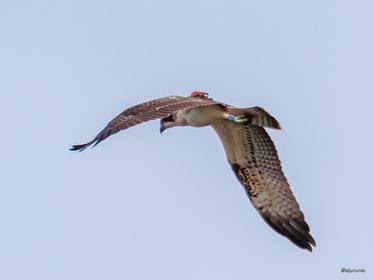Sacha’s notes from the field: France and Spain
The Flight of the Osprey (FOTO) expedition team and I are looking out over a vast reedbed, listening to the sounds of thousands of small birds. These birds have stopped for a day, or maybe more, to feed on mosquitos and other insects before their next move south. We are listening to the noise of migration in action. An osprey soars over the pools between the reeds, hunting mullet and other fish that have come in with the tide to feed.
From nowhere a helicopter appears, flying 20m over the surface of the reeds, the downdraft causes the reeds to spin and flatten as it passes over, again, and again, tracking back and forth over the site. The disturbance to the wildlife is awful but there must be someone in trouble out on the estuary?
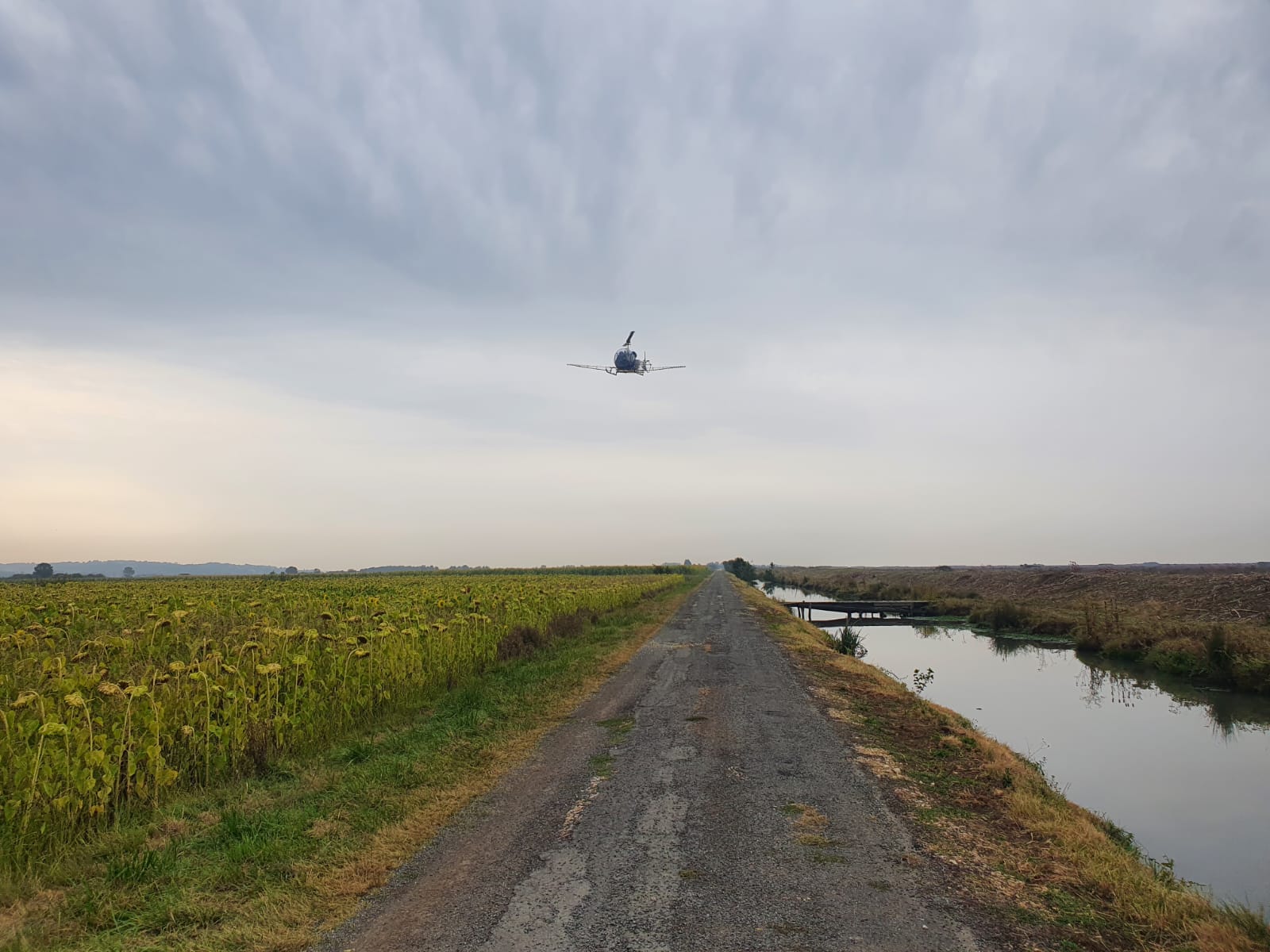
The reed bed is on the edge of the Gironde estuary in France, the largest estuary in Western Europe, and a critical site for birds on migration. Formed over a couple of decades after a sea wall collapsed the farmland was taken back by nature, creating a vast tidal wetland. Scientists such as Raphael Musseau, who we are spending time with here, have been looking at how to create more habitat like this. Since rising sea-levels against man-made sea walls result in vital tidal wetlands disappearing.
As the helicopter passes over again, I once more assume it must be looking for a missing person. There is a long boardwalk which allows people to get amongst the reeds and experience the migration. Maybe a child has wandered off track, I think.
“It looks like the helicopter is spraying something,” FOTO team member Poul says.
It takes a moment for me to register this, as it is peak migration period, and this is a protected wetland. Surely spraying anything here can't be legal?
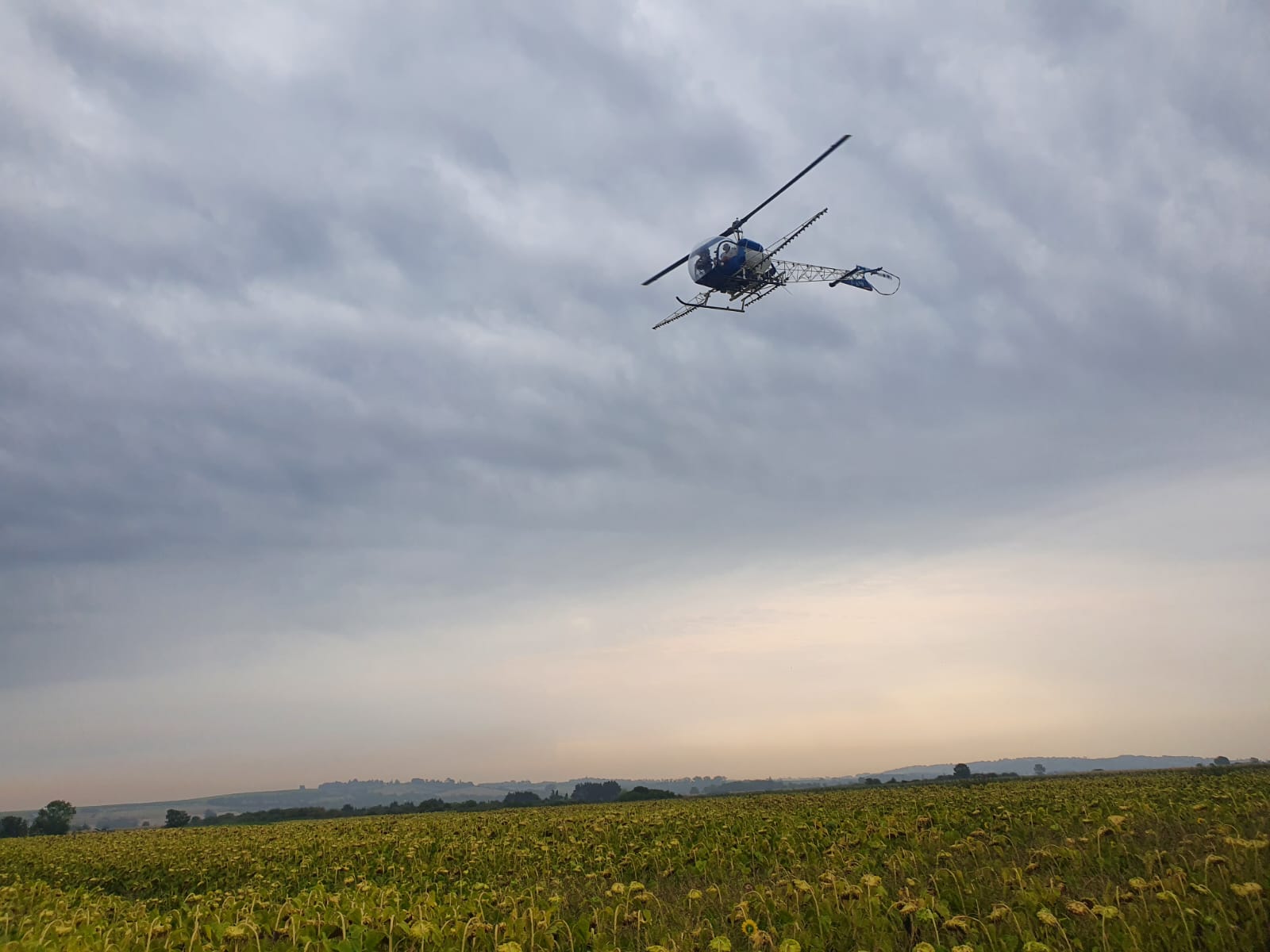
It wasn’t till later that evening, speaking to Raphael Musseau, that I learned of the legal practice of spraying bacteria to control mosquitos, during the tourist season.
For tourist comfort, they are killing the mosquitos, which are the base of the food chain for the very wildlife the tourists have come to see. I am surprised at how short sighted this is. Tourism is a key part of the economy. No mosquitoes mean no food for wildlife. No wildlife means no tourists.
I’ve since learned how widespread this practice is. I have heard arguments that ‘it’s better than chemicals’. But, I’m still struggling to see how anyone, except perhaps the contractors being paid for the work, can think this is a good idea.
Amazingly, it is just one of more than a dozen threats to the ospreys we have either seen for ourselves or heard about from the incredible people we have met along the way. And we haven’t even left Europe, yet.
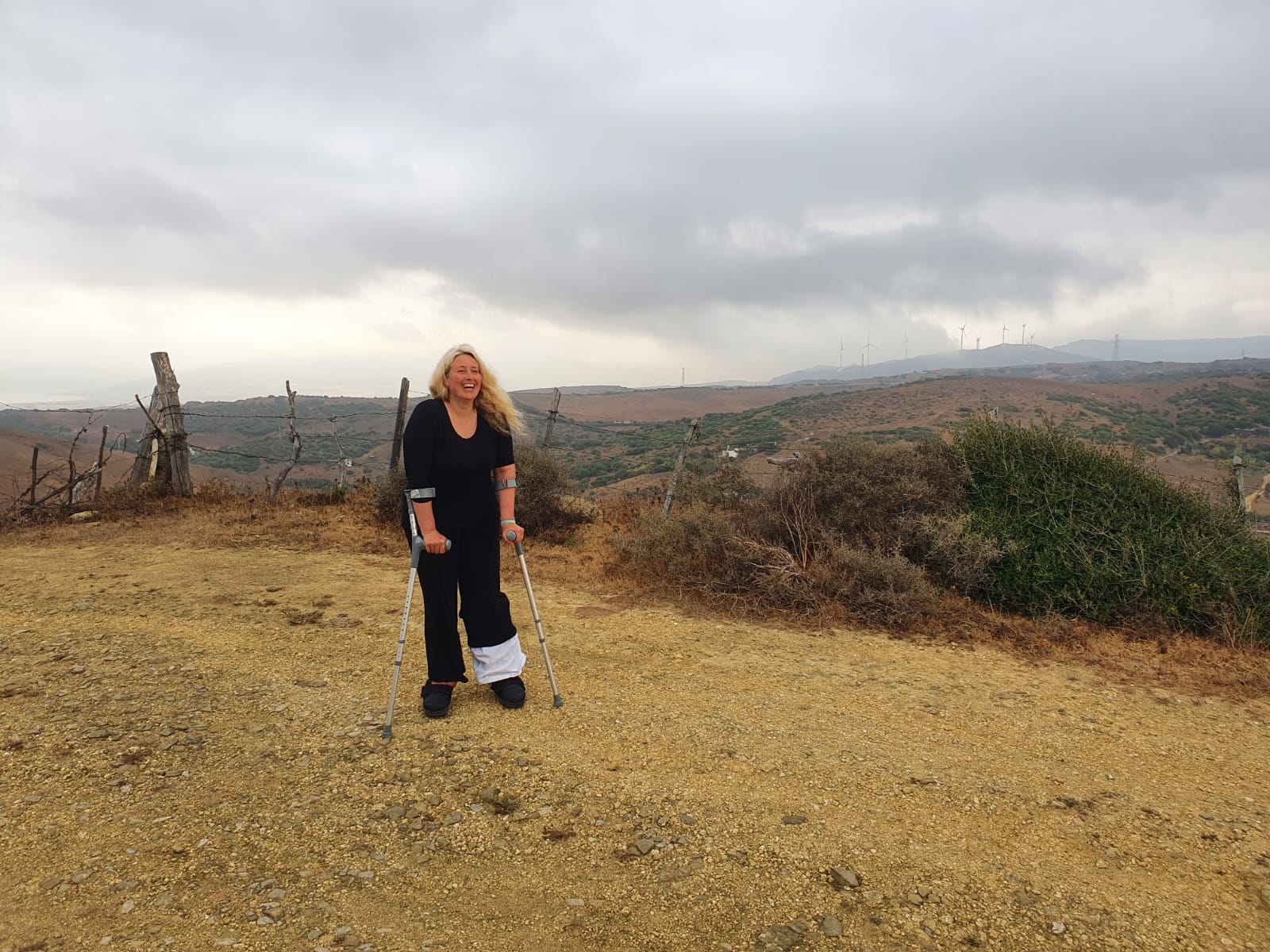
Best foot forward
Our team have already faced all manner of challenges with life on the road and in close proximity for weeks on end. We opted for older model LandRovers with the same engines and shared spares. But have faced vehicles struggling with power drain or engines straining with the weight of our kit on the steep mountain roads of the Pyrenees. We even had a breakdown on the motorway in the midday heat. It was so hot, we had to put up a tarp for shade and the police first assumed we were picnicking on the side of the road!
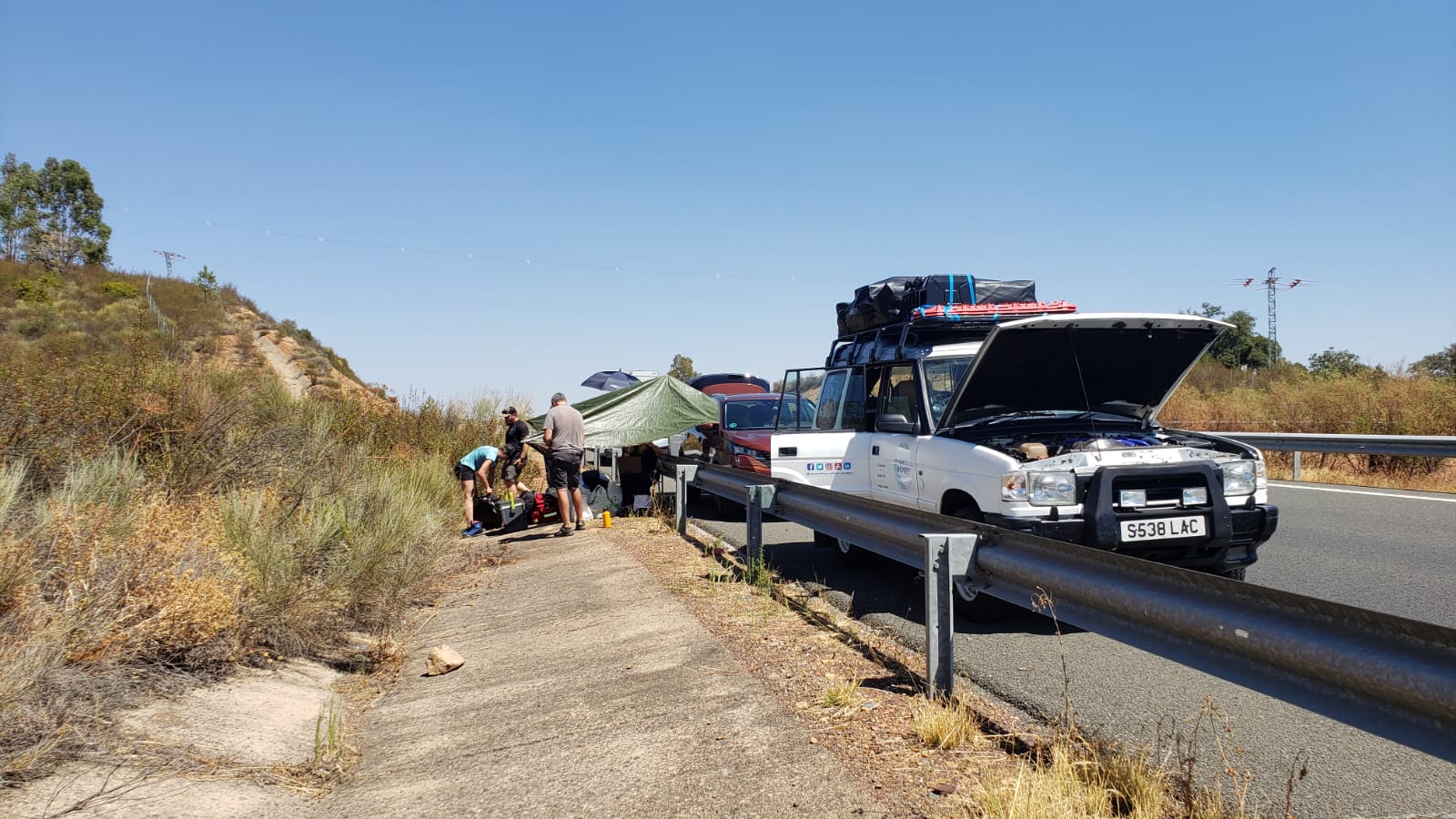
I am learning to climb small mountains and tracks with crutches and a leg in a metal frame, alongside finding comfortable ways of sleeping in a tent, fearing the metal frame and sharp wires will burst my blow-up mattress. Plus, numerous challenges I won’t describe around negotiating different toilet options…
I am often asked if this life on the road is helping or hindering the healing progress. I’ve just returned from a flying visit back to the UK for scans and visits with surgeons. The scans are showing that life on the road, and greater use and challenges for the limbs, are strengthening my bones, and with a couple of new measures in place, I’ve the all clear to re-join the team for the next leg, into Africa.
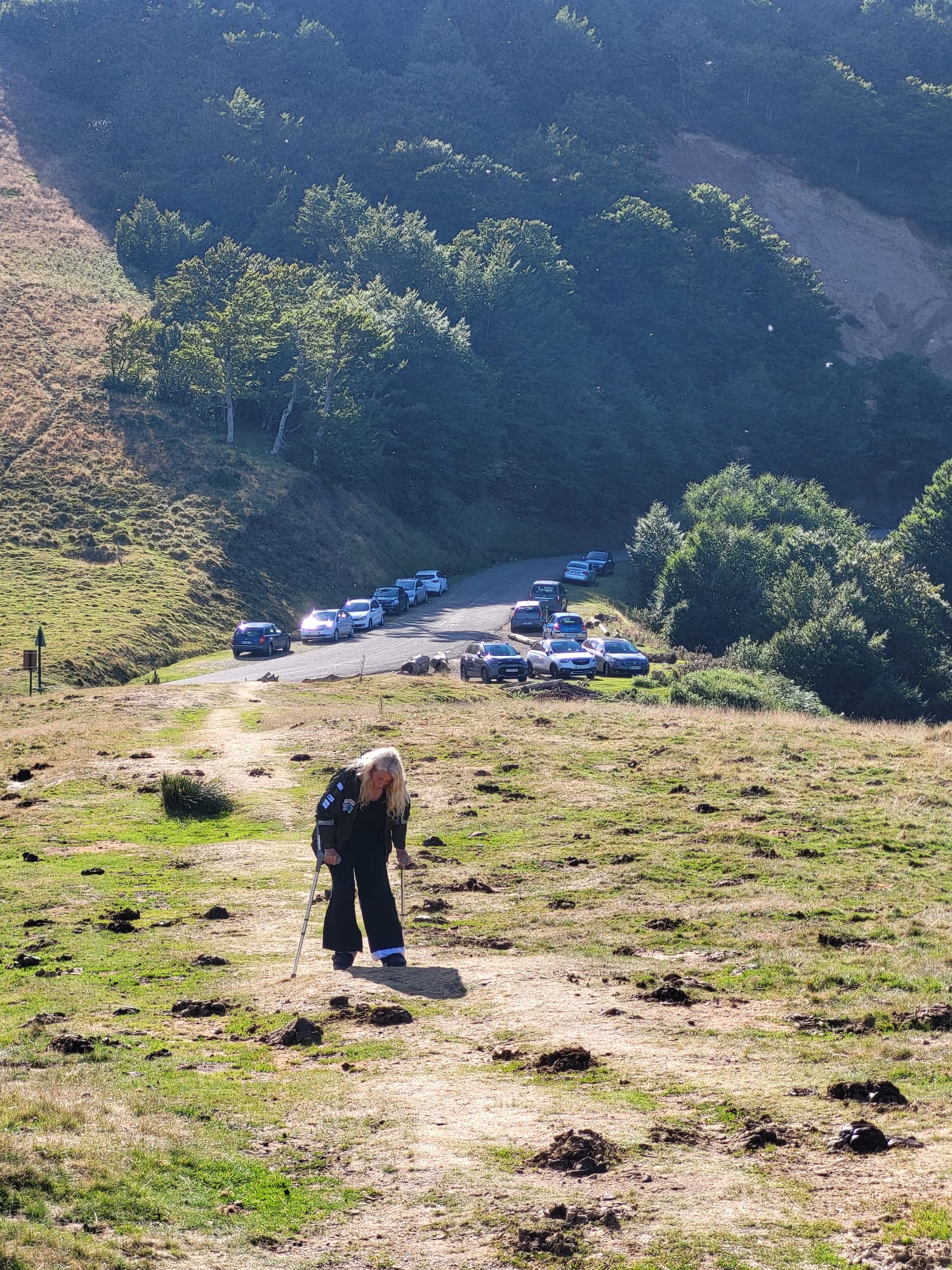
These challenges for the team and I pale compared to the challenges of the ospreys. Whilst we knew we’d hear lots of stories of electrocution on powerlines (in Urdaibai alone, 3 of their 11 tracked ospreys died this way), ospreys have been blown out to sea, shot – likely victim of the taxidermy trade, faced oil spills at key fishing spots, and have had to navigate around wildfires and smoke on a scale that hasn’t been seen in Europe before.
It has now been a month getting inside the head of an Osprey and learning about the challenges they face. These will be some of the challenges the three tagged juvenile birds from Tweed Valley – Glen, Kirk and Tweed – will navigate. And following a tentative start, as we track their route via satellite, we will be holding our breath that they make it to their winter home and back to the UK next year.
We will be sharing more of the impact of insect spraying story, and delving deeper into the ramifications of these actions. Keep an eye on our social media channels for our podcasts, as we speak to those with direct knowledge of this and the other threats to Ospreys and the other wildlife that shares its flyway.
